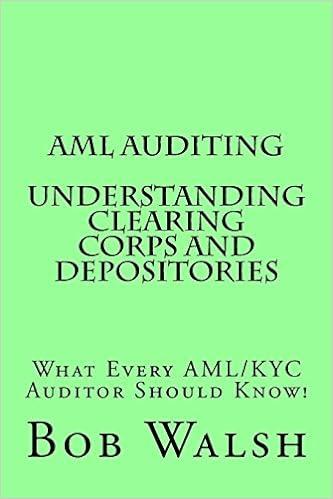Zen began a new consulting firm on January 5. Following is a financial summary, including balances, for each of the company's first five transactions (using the accounting equation form). -10 ng the equation Assets Liabilities + Equity Transaction Cash +Accounts Receivable Office Office + Accounts Payable Zen, Capital + $40.000 + Revenues Supplies Furniture $40,000 + $ 0 0 $ 0 C 2 38.000 3,000 + 0 + 1,000 40,000 C 30,000 + 3,000 8.000 + 1,000 40,000 + + 30.000 + 31,000 + -4 6,000 3,000 8.000 + 1,000 40.000 + 6.000 6,000 3,000 + 8,000 1,000 + 40,000 7,000 Identify the explanation from a through j below that best describes each transaction / through 5 above and enter it in the blank space in front of each numbered transaction. a. The company purchased office furniture for $8,000 cash. b. The company received $40,000 cash from a bank loan. c. The owner invested $1,000 cash in the business. d. The owner invested $40,000 cash in the business. e. The company purchased office supplies for $3,000 by paying $2,000 cash and putting $1,000 on credit. f. The company billed a customer $6,000 for services provided. g. The company purchased office furniture worth $8,000 on credit. h. The company provided services for $1,000 cash i. The company sold office supplies for $3,000 and received $2,000 cash and $1,000 on credit. J. The company provided services for $6,000 cash. 11 fects of The following table shows the effects of transactions I through 5 on the assets, liabilities, and equity of Mulan's Boutique. on the quation Assets Liabilisies Equity + Cash +Accounts Office Land Accounts Mulan, +Revenues + Supplies Receivable Payable Capital $21,000 $3,000 $19,000 0 $43,000 +$ 1.-4,000 4,000 1,000 +1,000 1,900 1,900 + -1,000 4-1,000 5 +1,900 1,900 $4.000 $43.000 $17.900 0 $23.000 $1,900 4 + + Identify the explanation from a through / below that best describes each transaction / through 5 and enter it in the blank space in front of cach numbered transaction, a. The company purchased $1,000 of office supplies on credit. b. The company collected $1,900 cash from an account receivable. c. The company sold land for $4,000 cash. d. The owner withdrew $1,000 cash from the business, e. The company purchased office supplies for $1,000 cash, f. The company purchased land for $4,000 cash g. The company billed a client $1,900 for services provided. h. The company paid $1,000 cash toward an account payable. L The owner invested $1,900 cash in the business. J The company sold office supplies for $1,900 on credit 117







